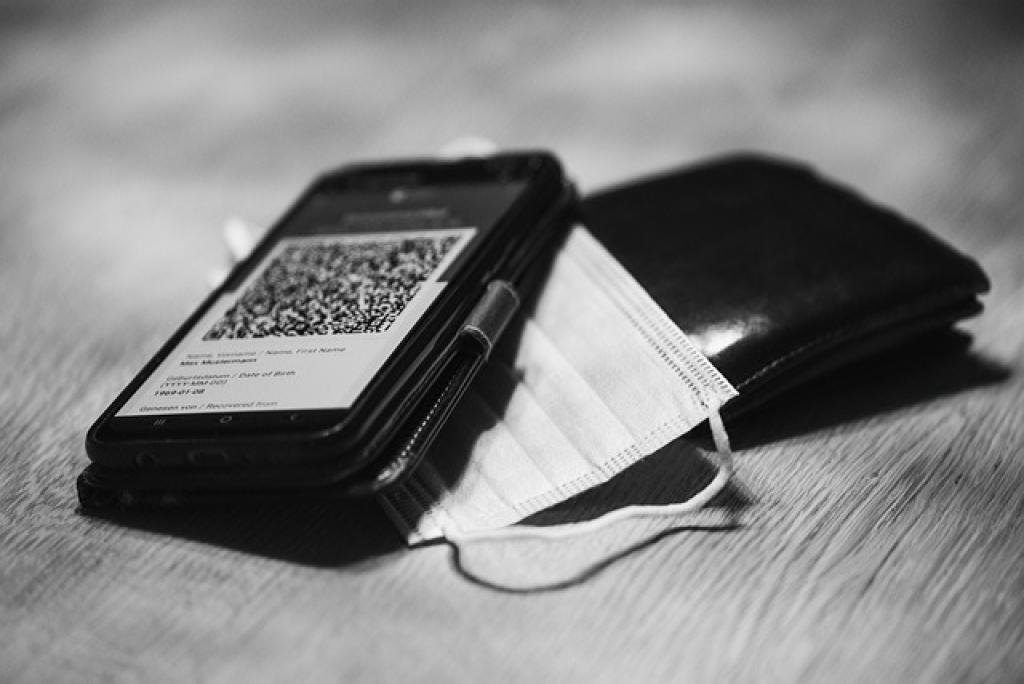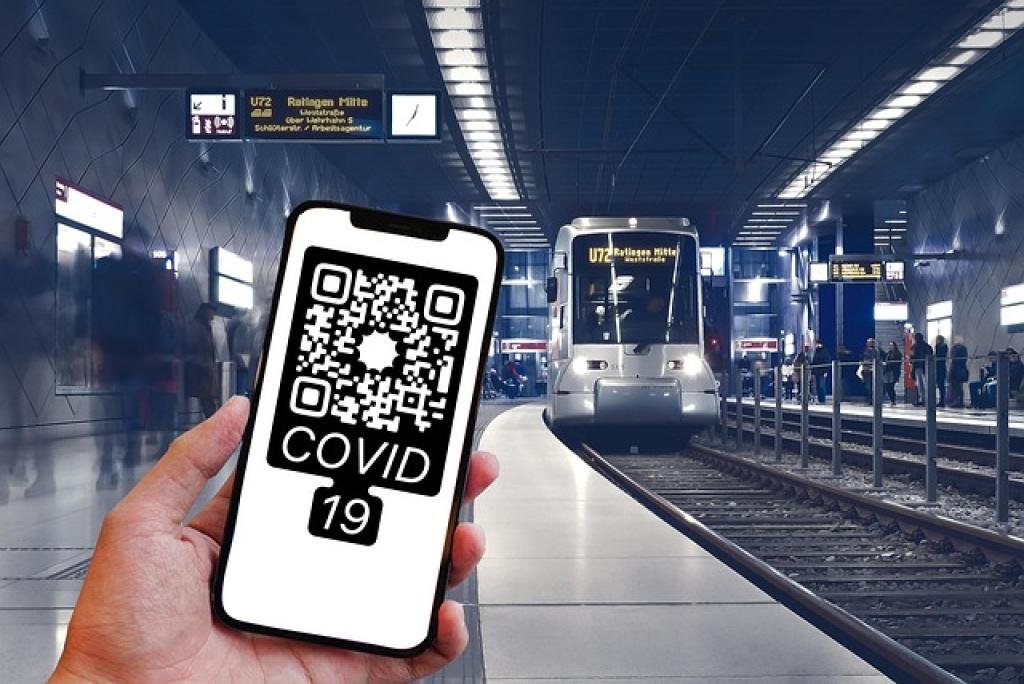Unlocking the Power of QR Codes in Digital Marketing

In the age of digital marketing, businesses are constantly seeking innovative ways to connect with their target audience. One such tool that has gained popularity in recent years is the QR code. QR codes, or Quick Response codes, are two-dimensional barcodes that can be scanned using a smartphone or a QR code reader. They have become a versatile and interactive marketing tool that enables businesses to engage with consumers in a unique way.
What Are QR Codes?
QR codes were first developed in Japan in the 1990s for tracking automotive parts but have since evolved into a powerful marketing tool. They consist of black modules arranged in a square pattern on a white background. These codes can contain various types of information, such as URLs, text, or contact information. When scanned, the information stored in the QR code is instantly accessed, allowing users to access websites, view product information, or even make a purchase.

How QR Codes are Transforming Digital Marketing
QR codes have revolutionized the way businesses engage with their customers. They provide a seamless and interactive way for consumers to access information quickly and conveniently. For marketers, QR codes offer a cost-effective solution to drive traffic to websites, promote products, and collect valuable data on consumer behavior.
Enhanced User Experience
QR codes enhance the user experience by providing instant access to information. Whether it’s a link to a website, a discount code, or a video demonstration, QR codes enable users to engage with content in a way that is convenient and efficient. By scanning a QR code, customers can access exclusive content, promotions, or additional product details, enhancing their overall interaction with the brand.
Bridging the Offline-Online Gap
QR codes bridge the gap between the physical and digital worlds. By strategically placing QR codes on offline marketing materials such as brochures, business cards, or signage, businesses can direct customers to online platforms seamlessly. This integration of offline and online marketing channels enables businesses to provide a cohesive brand experience across all touchpoints.
Data Tracking and Analytics
One of the key advantages of using QR codes in digital marketing is the ability to track and analyze consumer behavior. By monitoring scan data, businesses can gain valuable insights into customer preferences, scan location, and the effectiveness of marketing campaigns. This data can help businesses optimize their marketing strategies, target specific demographics, and tailor promotions to suit consumer interests.
Creative Uses of QR Codes in Marketing
Businesses are leveraging the versatility of QR codes to create unique and engaging marketing campaigns. Here are some creative ways QR codes are being used in marketing:
Virtual Storefronts
QR codes are being used to create virtual storefronts that enable customers to shop and make purchases directly from their smartphones. By scanning a QR code displayed on a storefront window or in a magazine, customers can browse products, view details, and make instant purchases, creating a seamless shopping experience.
Interactive Packaging
Brands are incorporating QR codes on product packaging to provide customers with additional product information, usage tips, or recipe ideas. By scanning the QR code, customers can access videos, tutorials, or user reviews, enhancing their overall product experience and building brand loyalty.
Event Marketing
QR codes are a popular tool for event marketing, allowing organizers to create interactive experiences for attendees. By scanning a QR code at an event, participants can access event schedules, speaker information, or networking opportunities, enhancing their overall event experience.
Best Practices for Using QR Codes in Digital Marketing
While QR codes offer numerous benefits for digital marketing, it’s essential to follow best practices to maximize their effectiveness. Here are some tips for using QR codes successfully in your marketing campaigns:
-
Provide Value: Ensure that the content accessed via the QR code is valuable and relevant to the user. Whether it’s a discount code, product information, or exclusive content, make sure it enhances the user experience.
-
Optimize Placement: Place QR codes in strategic locations where they are easily visible and accessible to your target audience. Consider factors such as lighting, size, and proximity to ensure optimum scanability.
-
Track Performance: Use analytics tools to track scan data and measure the effectiveness of your QR code campaigns. Monitor metrics such as scan rates, location data, and user engagement to optimize your marketing efforts.
-
Test and Iterate: Experiment with different QR code designs, content types, and placement strategies to see what resonates best with your audience. Continuously test and iterate your campaigns to improve performance over time.
The Bottom Line
QR codes represent a powerful tool in the digital marketing landscape, offering businesses a creative and interactive way to engage with their audience. By leveraging QR codes effectively, businesses can enhance the user experience, bridge the offline-online gap, and gain valuable insights into consumer behavior. As QR code technology continues to evolve, businesses that embrace this innovative tool will undoubtedly stand out in a crowded digital marketplace. Embrace the power of QR codes in your marketing strategy and unlock new opportunities to connect with your target audience.



